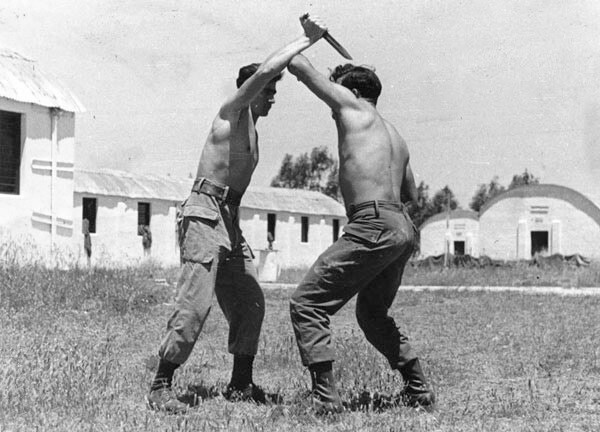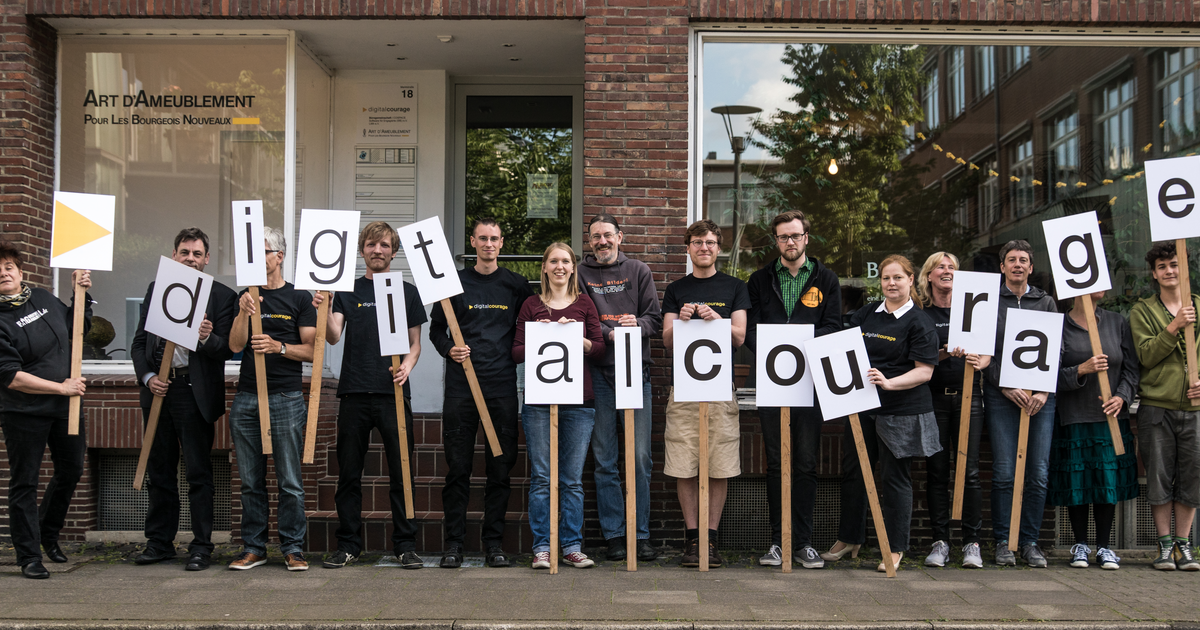Like most martial arts, #KravMaga encourages students to avoid physical confrontation.[5] If this is impossible or unsafe, it promotes finishing a fight as quickly and aggressively as possible. Attacks are aimed at the most vulnerable parts of the body, and training is not limited to techniques that avoid severe injury; some even permanently injure or cause death to the opponent. Students learn to defend against all variety of attacks and are taught to counter in the quickest and most efficient way.
Ideas in Krav Maga include:[16]
Simultaneous defense and attack.
Developing physical aggression (not to be confused with emotional aggression or anger), with the view that physical aggression is the most important component in a fight.[17]
Continuing to strike the opponent until they are completely incapacitated.[18]
Attacking pre-emptively or counterattacking as soon as possible.
Using any objects at hand that could be used to hit an opponent.[19]
Targeting attacks to the body's most vulnerable points, such as: the eyes, neck or throat, face, solar plexus, groin, ribs, knee, foot, fingers, liver, etc.
Using simple and easily repeatable strikes.[19]
Maintaining awareness of surroundings while dealing with the threat in order to look for escape routes, further attackers, or objects that could be used to strike an opponent.
Developing muscle memory for quicker fighting reaction.
Recognizing the importance of and expanding on instinctive response under stress.[20][21][22]
Training can also cover the study and development of situational awareness to develop an understanding of one's surroundings, learning to understand the psychology of a street confrontation, and identifying potential threats before an attack occurs. It may also cover physical and verbal methods to avoid violence whenever possible. It also teaches mental toughness, using controlled scenarios to strengthen mental fortitude in order for students to control the impulse and not do something rash, but instead attack only when necessary and as a last resort. ....
Some of the key focuses of techniques[23] in Krav Maga are—as described above—effectiveness and instinctive response under stress. To that end, Krav Maga is an eclectic system that has not sought to replace existing effective techniques, taking what is useful from available systems, for example:[24][25]
Strikes – as per karate and boxing
Takedowns and throws – as per judo, aikido and wrestling
Ground work – as per judo and wrestling
Escapes from chokes and holds – as per judo, aikido and wrestling
Empty-hand weapon defenses – as per aikido
Since the early 21st century, a number of Krav Maga schools have introduced technical influences from other arts as well. These include Brazilian jiu-jitsu,[26] Arnis/Kali/Escrima and Silat. This reflects Krav Maga's attitude, across a multitude of lineages, as an ever-evolving style, which continues to borrow ideas and methods from other martial arts.[27]





